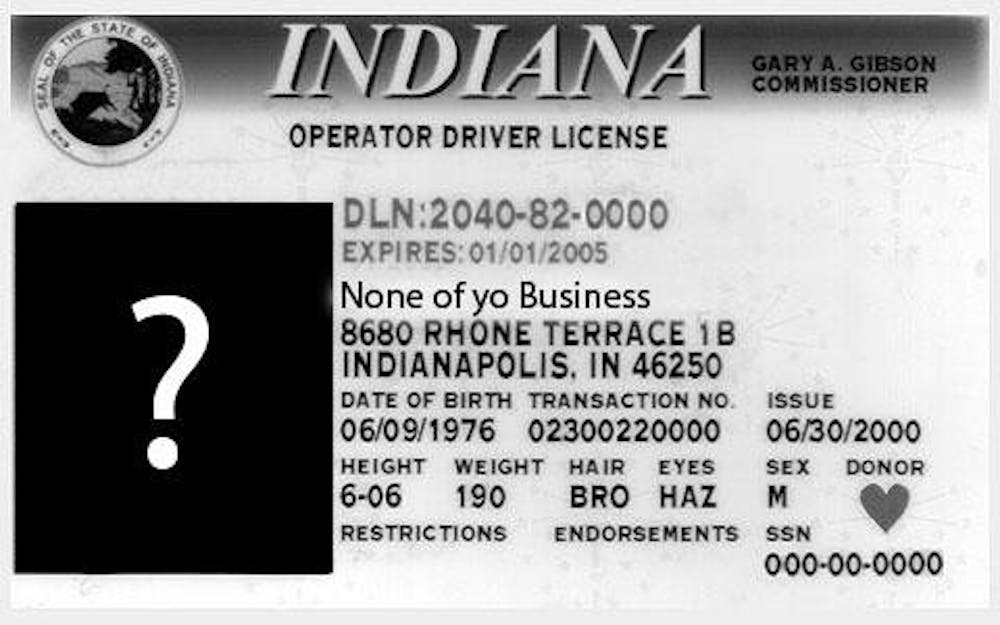The significance of Woodstock reaches far beyond sex, drugs and rock ‘n’ roll, according to IU graduate Don Aters, a photojournalist and self-proclaimed music historian who couldn’t miss the chance to be at Woodstock in 1969.
“Its not just a drug culture. If you read about it in the papers from about 40 years ago it sounds like it’s all about drugs, sex and rock ‘n’ roll. That’s rubbish,” Aters said. “The most important thing that happened was probably 500,000 kids in a wet field hanging out together for three or four days getting along. That being said, the music is really what united that masses.”
Aters caught a ride with some old high school friends, calling his mom on the way to let her know what he’d done.
“I just wanted to go,” he said. “We started heading down the Pennsylvania highway and it was raining, so we had the option of turning back or soldiering on in rain.”
He said he learned about the Woodstock concert through word of mouth at other concerts and of course, he’d seen one or two of the iconic Woodstock posters.
“This started taking off in San Fransisco, the Summer of Love,” Aters said, referring to 1967, two years before Woodstock. “There was an event every weekend revolving around the Big Five.”
The “Big Five” were San Francisco-based bands Big Brother & The Holding Company, Quicksilver Messenger Service, The Charlatans, the Grateful Dead and Jefferson Airplane.
Of course, Aters said the rain and mud made things a little unpleasant, but when the music started, Aters said he forgot to notice.
“You get a blanket and you put it over your head and you just deal with it,” Aters said. “Quite honestly when you get involved in something of that magnitude you don’t worry abut being wet and cold till you’re ready to leave. When the music stops, you’re cold, but it’s not a very long interlude.”
What was the band that kept him the warmest?
“In terms of shear live performance on stage the best band was Ten Years After, by far, the three-and-a-half days that we sat there they were the best band ... they were animated on stage,” Aters said. “They have charisma.”
Eventually, Aters said, the crowd got so big officials wanted to call in some kind of crowd control. He said he could see nothing but a sea of heads for miles – “not even a blade of grass.”
Aters remembered that all the stores within walking distance were completely out of food and supplies, but Aters said everyone just helped out one another.
“Artie (Kornfeld)’s favorite story is he saw this guy who had a jelly sandwich and he split it up into like four pieces and shared it with everybody else,” Aters said. “I mean they had this guy that had a huge stack – it must have been like 15 feet high – it was a huge stack of Coke, so you bought a six pack, but in 10 minutes they were all given away anyway because if you saw someone with no money you just gave ‘em one.
Everyone was trying to do something for everyone else.”
He said the crowds never got violent, despite the fact these young people were living in what he calls a violent era, although he does remember at least one death that weekend.
“There was one guy that got run over, he got stoned, fell asleep in some tall grass and got run over.”
Overall, Aters said, the event was all about being together and listening to music.
“I thought we were all on this earth to be happy and to make each other happy,” Aters said.
I was there, man!
Photojournalist Don Aters remembers 3 days of peace & music

Get stories like this in your inbox
Subscribe





